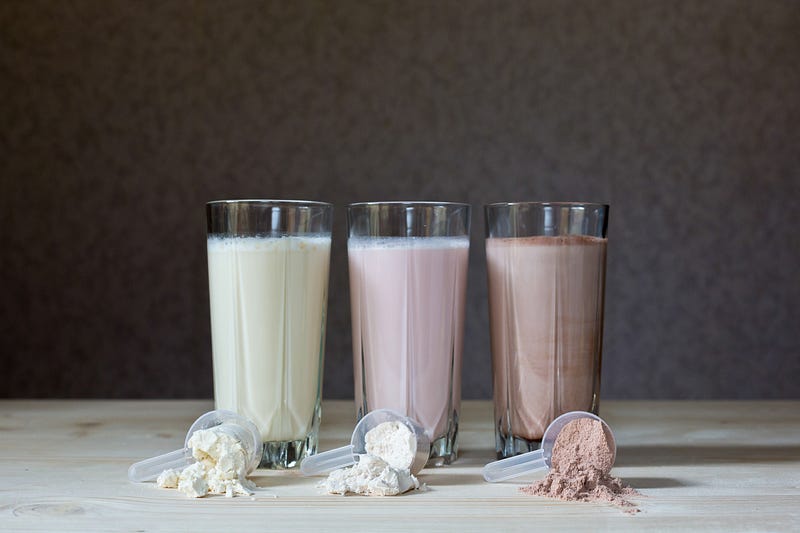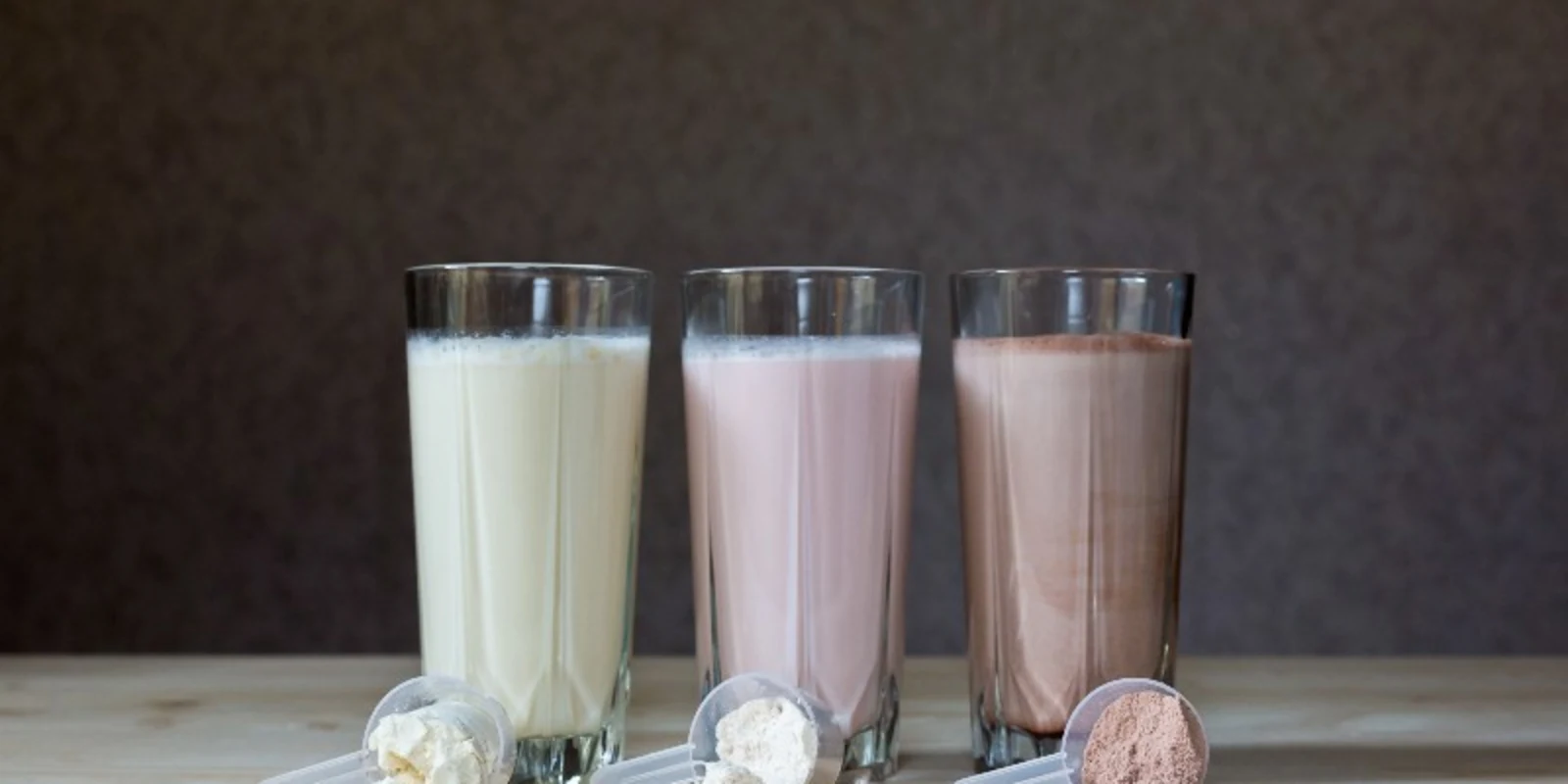
The instafamous fitness models among us notwithstanding, we doctors are notoriously lacking in our practical knowledge regarding nutrition. In preparing to write this article, I did a quick Googling of the terms “on the go nutrition for doctors,” and the first link in the search results was a December 2017 article, entitled Doctors don’t know s**t about nutrition. Pretty much sums it up.
When taking care of patients with nutritional needs, we often downplay our lack of understanding in one of two ways: 1) calling a nutrition consult or 2) making a joke_—“Hospital food, am I right!!?” Our RD colleagues are rolling their eyes at us as we speak. But this is the reality: even in routine cases, medical management is complex, and we often fail to consider food or nutrition as an important part of our care plan.
Thankfully, we are working on this from the bottom up. Nutrition education has become a higher priority in both medical schools and among professional societies. This is a good thing.
On the flip side, we often don’t seem to give a damn about our own nutrition. This is especially true when we are extremely busy, and left with very little time for self-care. In the middle of a hectic 24-hour shift last week, I brought in some ice-water for my senior resident at 8pm when we finally were sitting down to write notes. He turned his head musingly and said, “This is the first thing I have eaten or drank all day. No wonder I haven’t peed.”
This is an everyday occurrence. When we do finally have downtime, we avoid interruptions so religiously that we often don’t take a moment to feed and hydrate ourselves. This makes us tired, irritable, and error-prone. Moreover, if we do take a formal break for a meal, it is actually not that easy to find healthy, affordable food inside the hospital.
Want a large salad with protein? In Manhattan, where I train, this could run you $15. If you’re on-call, all of a sudden you might find yourself spending more than $30 a day on food, out of simple expedience. And you might still be hungry.
There is ample reason why we rejoice whenever we find someone has left free food in our team rooms.
If you are among the minority of people who consistently bring a hearty, nutritious meal from home, then kudos to you! If you are like the rest of us, you might benefit from diverting from the hopeful-scavenger strategy. As the old infomercial adage goes, “There’s got to be a better way!"
It’s time to let the truth out: I drink my lunch.
A few years ago, I began packing a meal-replacement powder that I could quickly mix with water for a complete, on-the-go meal. I have to admit, at first I was a bit embarrassed letting people see me shake up and drink something that literally looks like tube feeds_—_but, over the past year or so, I’ve actually seen more and more of my co-workers doing this. And in fact, this has been a growing trend outside of the hospital, particularly among Silicon Valley techies where the time wasted by eating is a “pain point.” As physicians, who can barely make an 80-hour work-week work, I think we can commiserate.
To be clear, we are not talking protein shakes or supplements. We are talking about replacing the actual need for a solid meal with research-backed proportions of carbohydrates, proteins, fats and even micronutrients. And pound for pound, from a nutritional standpoint, this is by far the most dense and affordable meal you can buy. For most people, an entire day’s worth of clean (liquid) calories will only run about $10–12. A quick look at the sheer number of players in this space just goes to show how many people out there are looking for an easy way to eat healthy on the cheap (and that list isn’t even exhaustive).
I started doing this with Soylent while still working on my PhD. For the industrious out there, there is a large, growing online DIY community if you are really interested in tweaking your macronutrients and flavor (and getting the cost down even further). I kid you not, I did this myself for over three years — I had a little scale and everything. My kitchen was a scene straight out of Breaking Bad (but hey, I could cook up about 2500 calories for under $7).
More recently, I have been using Huel. I like it best because it packs my preferred proportions of macronutrients_—carbohydrates, proteins and fats—_and also because I personally find the taste to be the superior to anything else I have tried. I also really enjoy their flavor boosts that you can add to your mix. I find that the option for day-to-day variety makes things a little more exciting when you aren’t sitting down for an actual meal.
If you want to try this yourself, there are many ways to do it now, and many products to choose from (from unmixed powders to premixed shakes in a variety of flavors). My personal routine is to eat a ‘standard’ breakfast and dinner, and bring a few servings of my powder du jour for any meals during the day at work. And this stuff doesn’t spoil, so if I end up eating something else for lunch, I just keep it in my bag for the next day.
So let’s be fair, are liquid meals really so strange? Ok, maybe. But after all, we offer similar solutions for our patients who have difficulty meeting their nutritional needs. It is definitely not the sexiest of meal plans, but damn, is it convenient.
And if it helps me minimize distractions and simplify my workflow in the hospital, I think it might just make me a better doctor.
Dr. David Kurland, MD, PhD was born and raised in Baltimore, MD and is currently a PGY-1 resident in the Department of Neurosurgery at the NYU School of Medicine in Manhattan. You can connect with him on and Instagram. He is a 2018–2019 Doximity Author.
Disclaimer: At the time of writing this, the author reported no conflicts of interest. Since writing, he won a free order of Huel in an online contest unrelated to this article.







